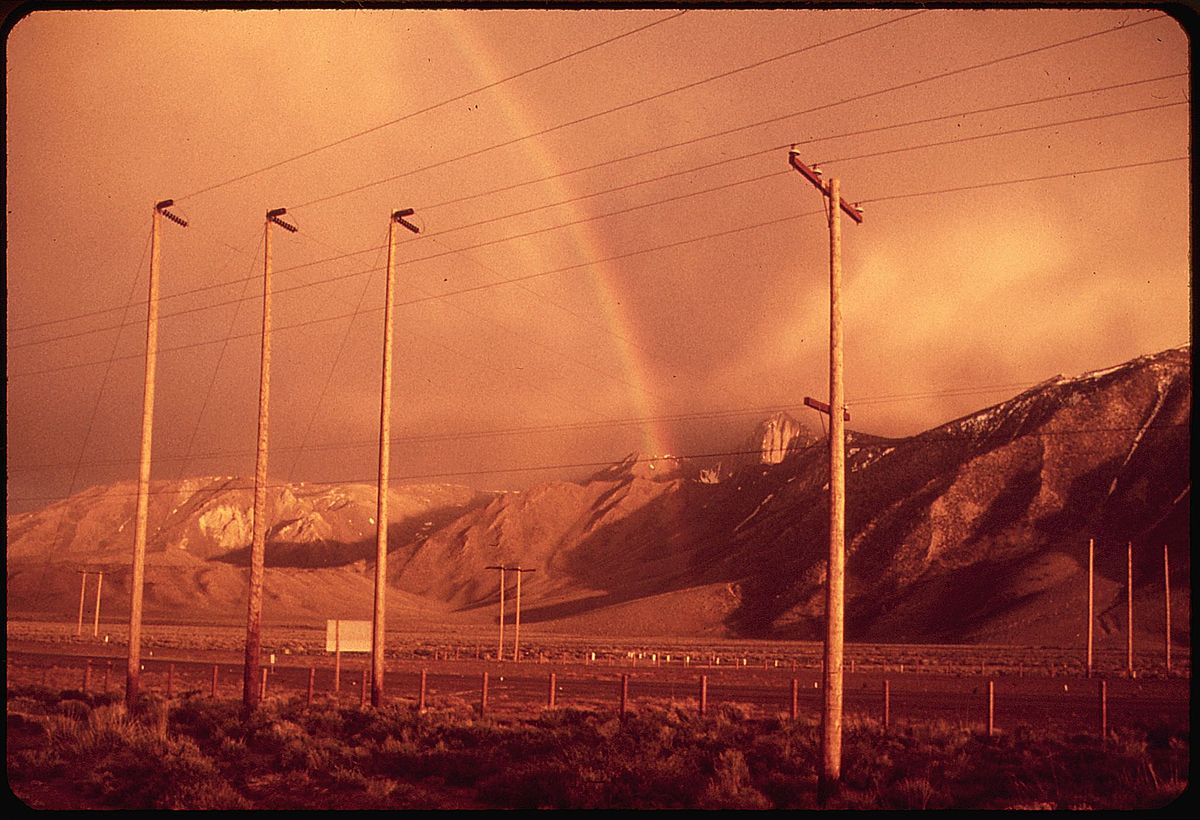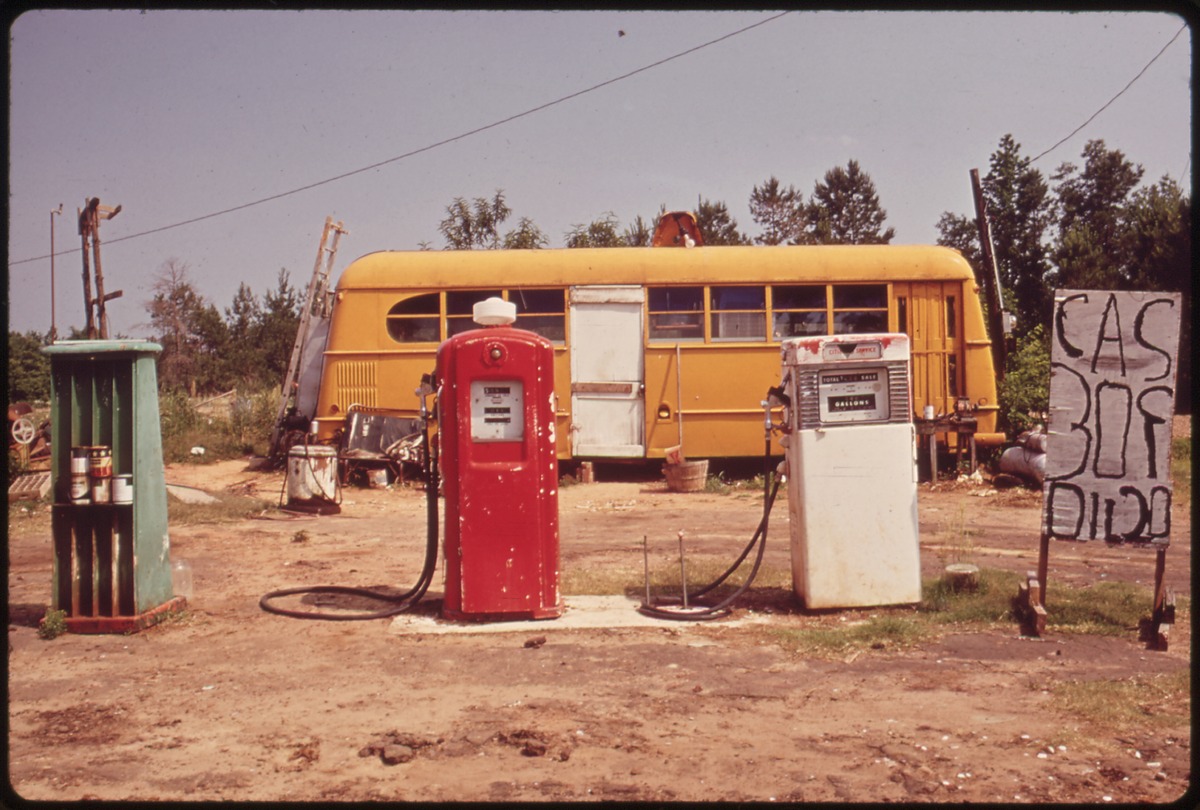Batteries, based on chemical reactions, are immune to Moore’s Law, but there’s certainly room for great improvement, and Elon Musk is going all in on the devices as a way to make EVs more affordable. If he’s successful with his Gigafactory, the ramifications will go far beyond cars. Tesla batteries are already being repurposed by homeowners who’ve converted to solar, and we’re just at the beginning. From Mark Chediak at Bloomberg:
“Here’s why something as basic as a battery both thrills and terrifies the U.S. utility industry.
At a sagebrush-strewn industrial park outside of Reno, Nevada, bulldozers are clearing dirt for Tesla Motors Inc.’s battery factory, projected to be the world’s largest.
Tesla’s founder, Elon Musk, sees the $5 billion facility as a key step toward making electric cars more affordable, while ending reliance on oil and reducing greenhouse gas emissions. At first blush, the push toward more electric cars looks to be positive for utilities struggling with stagnant sales from energy conservation and slow economic growth.
Yet Musk’s so-called gigafactory may soon become an existential threat to the 100-year-old utility business model. The facility will also churn out stationary battery packs that can be paired with rooftop solar panels to store power. Already, a second company led by Musk, SolarCity Corp., is packaging solar panels and batteries to power California homes and companies including Wal-Mart Stores Inc.
‘The mortal threat that ever cheaper on-site renewables pose’ comes from systems that include storage, said Amory Lovins, co-founder of the Rocky Mountain Institute, a Snowmass, Colorado-based energy consultant. ‘That is an unregulated product you can buy at Home Depot that leaves the old business model with no place to hide.'”


